In aviation, black box is the more common name for the flight recorder, a device that records technical data and dialogue in the cockpit during the flights, in order to locate and understand problems with the aircraft in the aftermath of a technical failure or plane crash. In computer science, physics, and engineering, a black box refers to a system whose inner workings are unknowable, and only can be understood by its input and output. In behavioural geography, black box of the mind describes our inability to access the experience of being inside another individual’s mind. In an art context, black box is the dark room where films are projected, or works that need darkness are shown.
Perception of geographical space is reworked, extended and distorted in the imaginary - both the individual and collective. Working with video, I’ve come to be fascinated about the parallels between moving image, perception of physical space, and the flow of mental imagery understood as montage. And, the other way around; how images, films, and media in general, affect and even manipulate our perception of physical space. The act of watching moving images is to engage with one’s imagination. We were maybe not there, but the camera saw it.
Cockpit evolved from my practice of going outside, exploring landscapes through filming them. I’m mostly doing these excursions alone, with the camera. The heightened awareness that comes with the moment of looking and listening for what to record, often has left me with impressions that are beautiful, somehow strange, or even overwhelming - speechless, in awe, maybe something like the experience of what the phenomenologists describe as “observing without preconceptions”. Through audio field recordings, and the music by Ryan Woodhall, I tried to carve my way into the impressions the filmed spaces had left me with afterwards. And as with memory that is constantly evolving, the process of editing generates new layers of possible meanings.
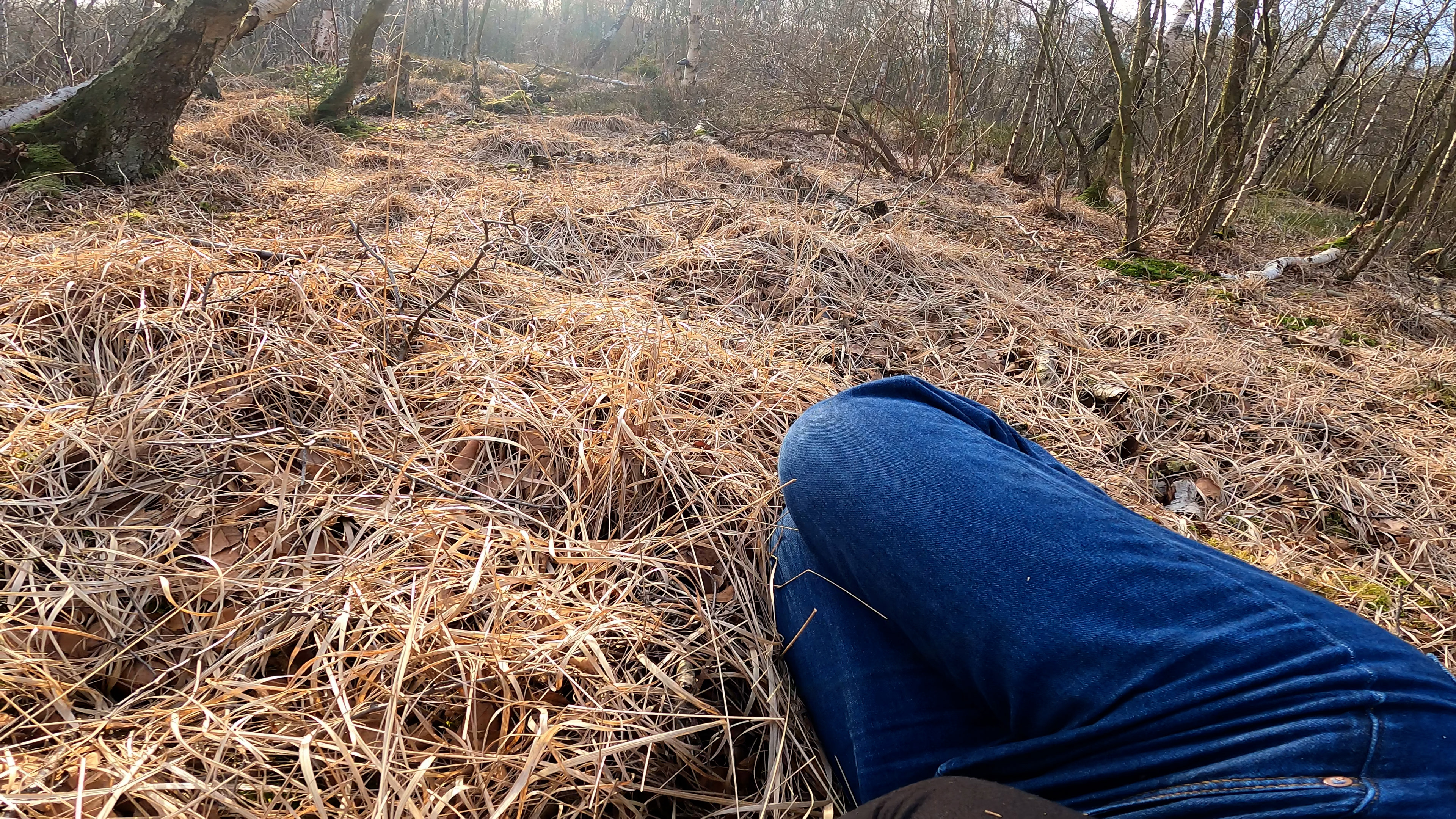
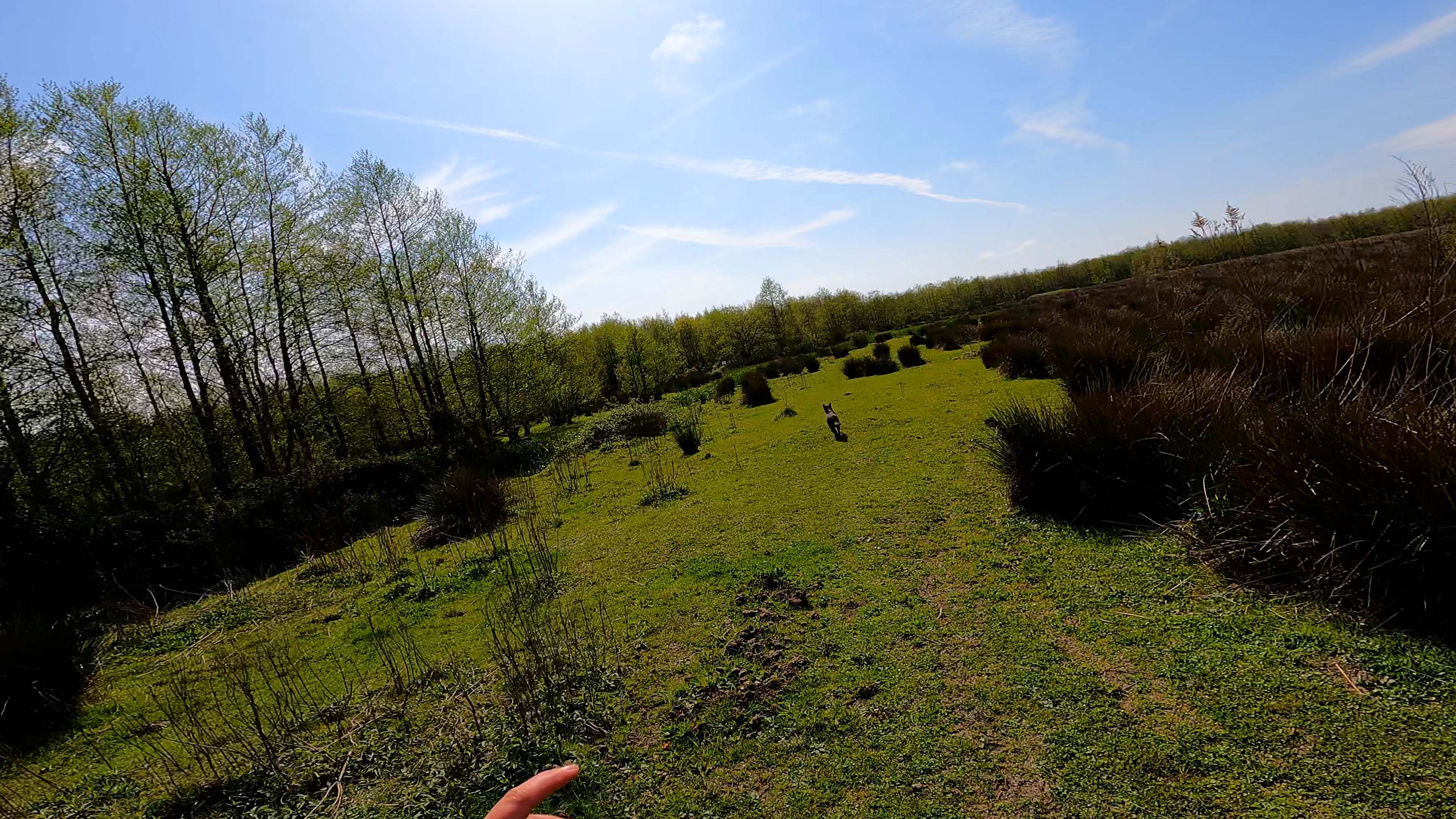
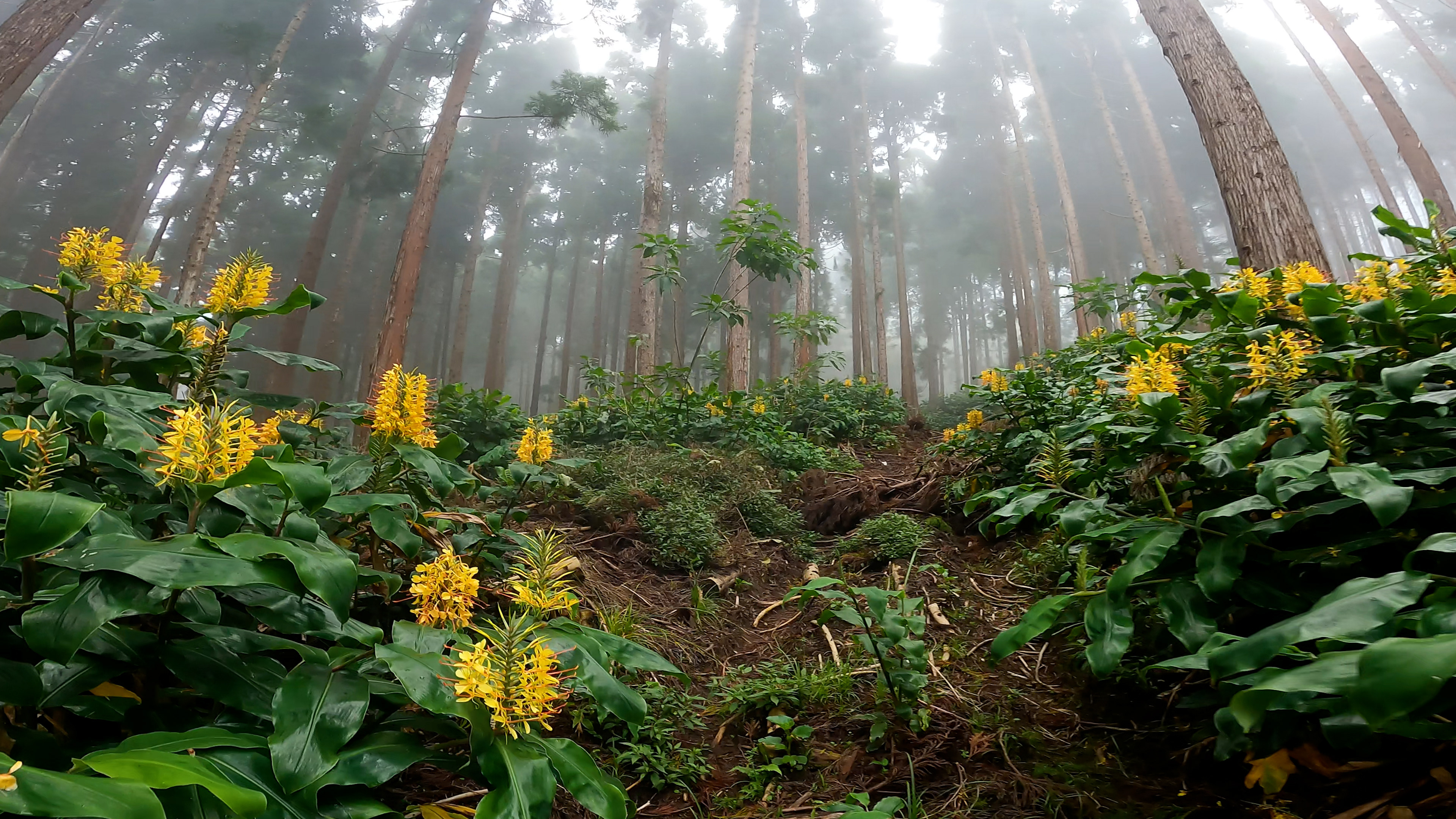
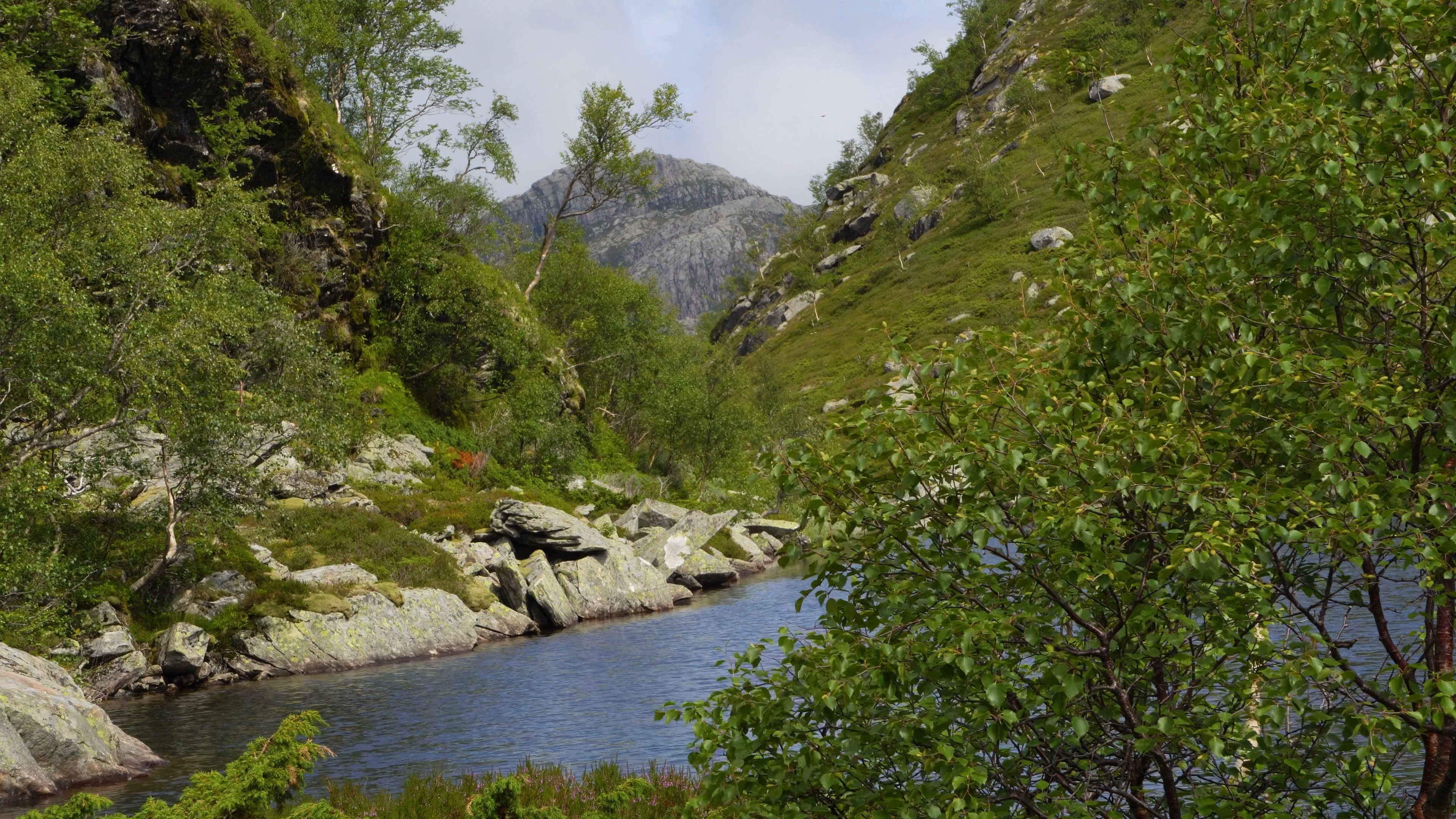
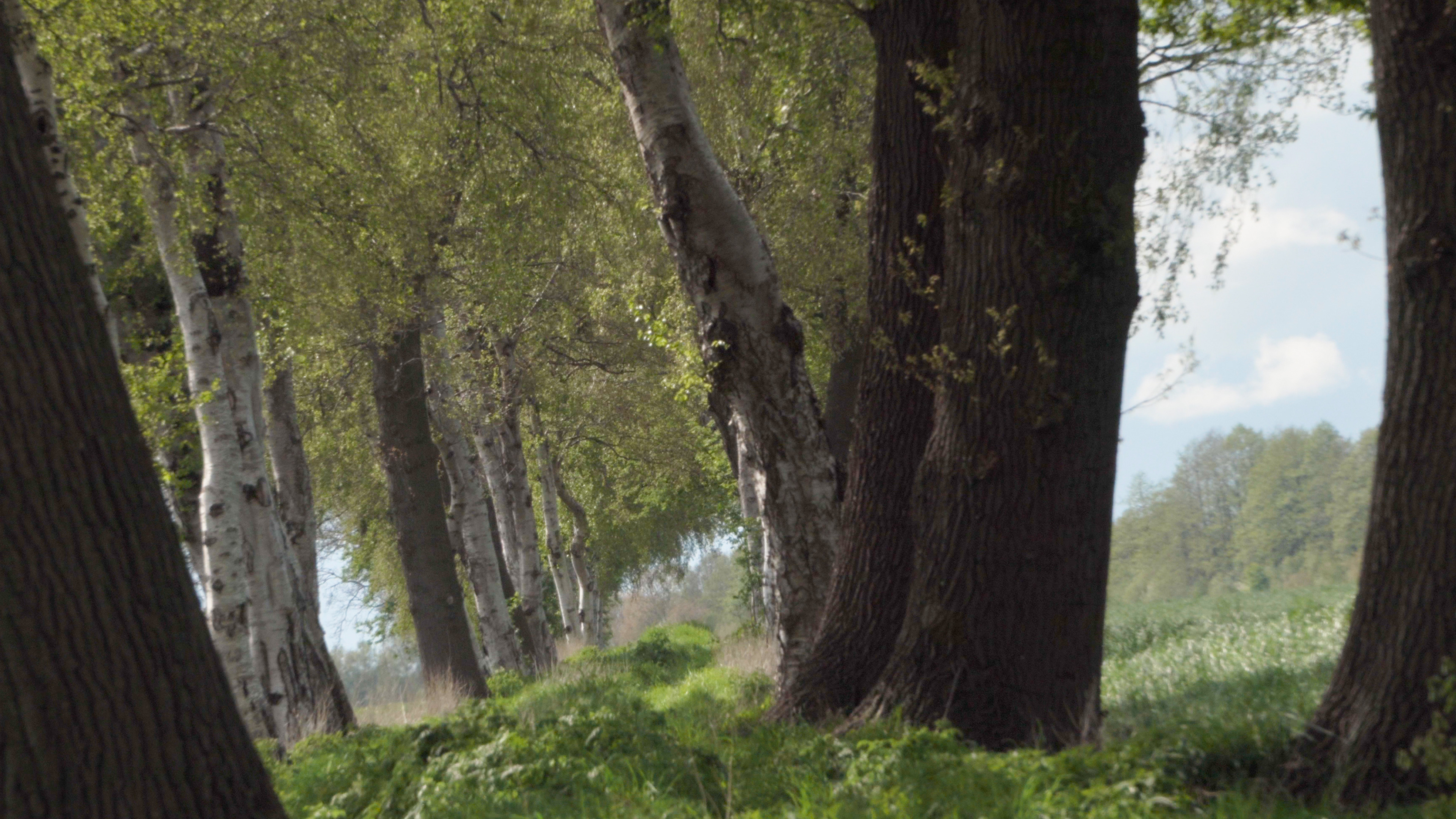

“The whole is that which changes - it is the open or duration. [...] [The shot] continuously divides duration into subdurations which are themselves heterogeneous, and reunites these into a duration which is immanent to the whole of the universe. Given that it is a consciousness which carries out these divisions and reunions, we can say of the shot that it acts like a consciousness. But the sole cinematographic consciousness is not us, the spectator, nor the hero; it is the camera - sometimes human, sometimes inhuman or superhuman.” (G. Deleuze, Cinema 1)
Installation documentation (HFBK Hamburg, 2025)